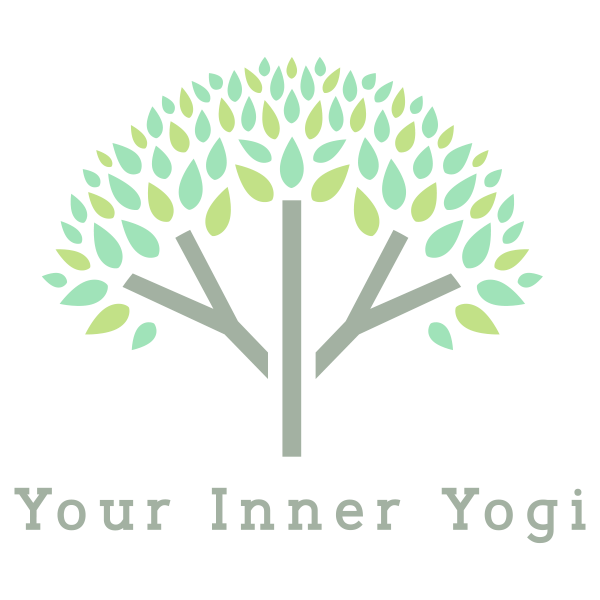
Gratitude: A By-product of Meditation
Marketing Gratitude
We live in an era of gratitude journals and home décor prompting us to give thanks. Marketing teams have converted the human thought and emotion of “gratitude” into a product. Catchphrases that include words of gratitude, gratefulness, and thankful are now printed across everything from notebooks to t-shirts, from coffee mugs to screensavers.
It may seem that we are raising the bar on gratitude. At the same time, with so much gratitude commercialism, we question who/what is genuine and if we’re diluting the meaning of giving thanks. The month of November, which hosts the holiday to give thanks, only further ignites the demand for gratitude. This could lead one to compare their level of gratitude to the gratitude of others or to become immune to the messages altogether.
How do we naturally evoke a sense of being genuinely grateful for the good, the bad, the mundane, and the unknown?
The key is awareness. Before we can connect to gratitude, first, let’s take inventory of our awareness.
Inventory of Awareness
Most of us can rattle off a gratitude list or name things we know we should be grateful for. At some point, you may have made such a list that included people, things, or situations in your life. This is what you’re already aware of—your basic inventory. Is it possible to shine a light of gratitude with people, things, or situations that would not usually make the gratitude list?
Yes. To do this, work backwards.
Instead of making a mental list of all that you’re grateful for, make a list of your complaints. Complaints are usually synonymous with what we are not grateful for, or where we lack awareness. Hidden in the list of complaints is a volume of gratitude that remains to be discovered.
For example, a common complaint: I hate my job. Bring awareness to this phrase, this truth, or the story you have repeated to yourself daily. What sensations, thoughts, and emotions are attached to this complaint?
Now, imagine that this complaint is suddenly taken away in its entirety. This means the pay, the co-workers, the experience and knowledge gained, and the next opportunity it’s leading to are all erased. Think about each of these.
Prior to this exercise, did you hold some level of gratitude for the pay that provided food and basic needs and wants; gratitude for the co-workers you’ve befriended; gratitude for beefing up your resume and life skills for dealing with a difficult boss; or, gratitude knowing this job was a steppingstone? Again, bring your awareness to all of that gratitude. What sensations, thoughts, and emotions are associated with this newly found gratitude?
This shift in perspective breaks your thought pattern away from the complaint and toward awareness of the underlying benefits. Even if you can’t think of one underlying benefit, you are
bringing awareness to the situation, viewing the complaint with new eyes or a different level of consciousness.
Still don’t feel it?
Let’s continue to work backwards by activating the part of the brain that enhances gratitude.
Will Meditate for Gratitude
It is estimated that humans have 60,000-80,000 thoughts per day. Of those thoughts, 90% are the same thoughts from the day before. Yes, our brain is a constant re-run of yesterday’s thoughts. In the job example above, the shift in perspective is crucial because it drops the toxic thought and adopts the new thought that can be repeated again and again. With this tidbit of knowledge, ask yourself: Do I want my repetitive story to be one of gratitude or one that lacks awareness?
If you answered gratitude, your next question might be how can you raise your awareness, your level of gratitude?
Meditation.
There’s science going on behind the scenes!
Studies show that a consistent meditation practice has a direct effect on the prefrontal cortex of the brain. This area of the brain awakens connection, compassion, and gratitude. Neurotransmitters are working. They’re literally conjuring up gratitude for all things and amping up the feeling of connection and compassion for others and yourself.
Going out to buy products, such as a gratitude journal, will not increase the sentiment of gratitude if you aren’t feeling it. But sitting down a few minutes a day to meditate will produce some of the best (and free) by-products of meditation: awareness & gratitude; awareness in gratitude. In turn, speaking, writing, or feeling gratitude raises your vibration and continues to work the prefrontal cortex. It becomes a win-win feedback loop.
At this point, you may want to buy a gratitude journal. Or, simply, be still, bow to your Sprit that has led you this far and silently, genuinely, give thanks.
~Namaste

Julie Guardado is a Chopra Certified Meditation Instructor specializing in Primordial Sound Meditation; and as a Registered Nurse, she holds a Meditation Instructor Certification through the American Institute of Health Care Providers. She teaches corporate and private clients.
Contact info: E-mail at JulieG@choprateachers.com or via IG: @come.sit.meditate

